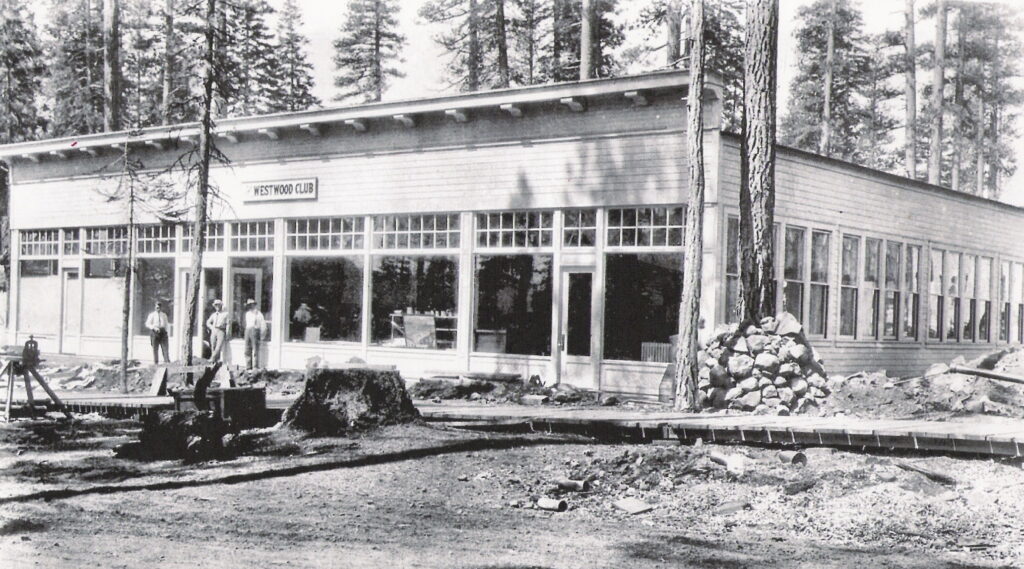
In 1935, with the creation of the National Labor Relations Board brought about the collective bargaining between employers and unions, which had a ripple effect in organized labor. During the late 1930s, unions big and small sprung up everywhere. Many a business even with a handful of employees became subject to union membership with a community’s union providing an umbrella for
these workers to join.
H.S. Anderson Company, who leased the Westwood Club, knew the
situation very well. On March 13, 1940, the Bartenders and Culinary
Workers Union No. 654-A went on strike, protesting the firing of
fry-cook Bill Knighton. They desired a closed shop with H.S. Anderson as their working agreement was set to expire in April. When the union signs were removed from inside the Club, this caused a general exodus of the patrons. Four waitresses—Margaret Miller, Vivian Buffo, Donna Weber, Ramson Bingham—for a brief time formed a picket line outside the Club, until the manager of the Westwood Club announced it was closed, for how long no one knew. The displaced customers found relief at Pland-Evans lunch counter on Ash Street, while the Westwood Rotary Club moved their meetings to Tunison’s at Goodrich.
A month later negotiators were brought in with little success. It
took several more weeks before a compromise was reached. On May 4,1940, the eight-week strike ended, the longest in Westwood’ history, with a Union Shop Agreement that affected the thirty workers at the Westwood Club.